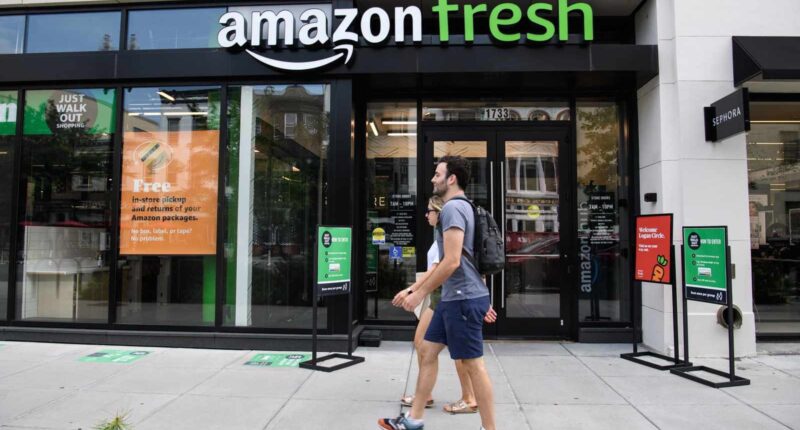In a significant move that reshapes the UK’s grocery landscape, Amazon has announced the complete closure of its Amazon Fresh physical store network across the country. This strategic pivot signals a decisive shift in the retail giant’s approach, choosing to double down on its core strength: the massive online grocery delivery market.
The decision, which affects all 19 Amazon Fresh locations, comes as the company seeks to streamline its operations and concentrate investment where it sees the most significant growth potential. Instead of competing on the high street, Amazon will now channel its efforts into expanding grocery sales through its flagship Amazon.com website and enhancing its rapid delivery services, including Amazon Prime Now.
A Strategic Retreat from Brick-and-Mortar
The Amazon Fresh stores, which debuted in London in 2021, were designed as a “just walk out” shopping experience, leveraging advanced technology to allow customers to pick up items and leave without queuing at a checkout. Despite the innovative concept, the stores faced stiff competition from established UK supermarkets like Tesco and Sainsbury’s, which have robust online and physical presences.
An Amazon spokesperson stated that the company continuously evaluates its portfolio and has decided that future growth in the UK grocery sector is best served by an online-first model. This reflects broader consumer trends, where demand for home delivery remains strong post-pandemic. As reported by leading industry analysts at Reuters, this move is part of a broader global evaluation of Amazon’s physical retail footprint.
What This Means for Shoppers and the Market
For existing customers, the transition is expected to be seamless. Amazon has confirmed that it will work closely with affected staff during the closure process. Shoppers will be directed to the online platform, where they can access a vastly wider range of products than was available in the physical Fresh stores.
This strategic withdrawal does not mean Amazon is abandoning the grocery sector. On the contrary, it signifies a sharper focus. By integrating its fresh food offerings more deeply into its main website, Amazon leverages its unparalleled logistics network to compete directly with online grocery services from the likes of Ocado, a world leader in automated grocery fulfilment.
The Future is Online
The closure of the Amazon Fresh stores underscores a critical insight: even for a tech behemoth, cracking the traditional supermarket model is exceptionally challenging. The costs associated with prime real estate, staffing, and store maintenance are high, while margins in the grocery industry are famously thin.
This decision allows Amazon to play to its supreme strengths: data, delivery speed, and customer reach. The company is betting that the future of grocery shopping lies not in futuristic brick-and-mortar stores, but in the ever-increasing expectation for convenience and immediacy that online platforms provide. As noted by The Guardian in their coverage of the retail sector, this move aligns with a wider industry trend of rebalancing physical and digital assets.
In conclusion, while the shuttering of the Amazon Fresh stores marks the end of an experimental chapter, it boldly opens another. Amazon is firmly placing its bets on a digital-first future for UK grocery delivery, setting the stage for an even more intense battle for dominance in the online shopping cart.










